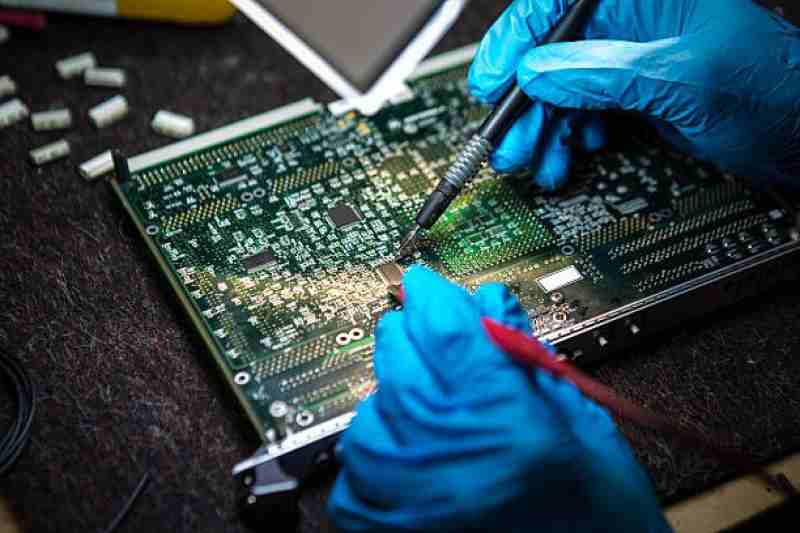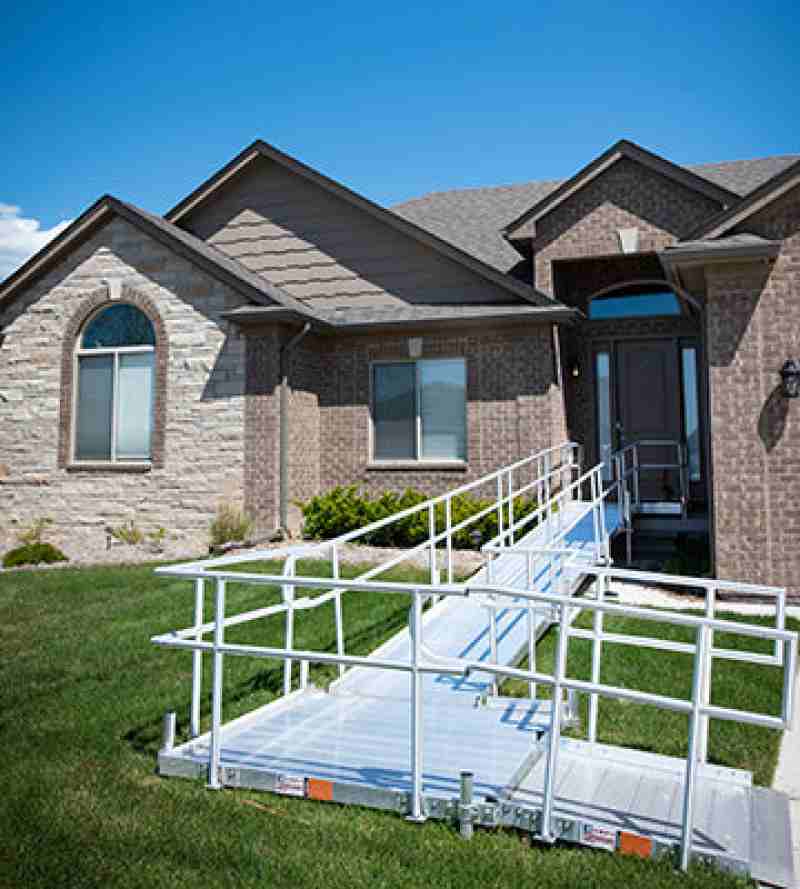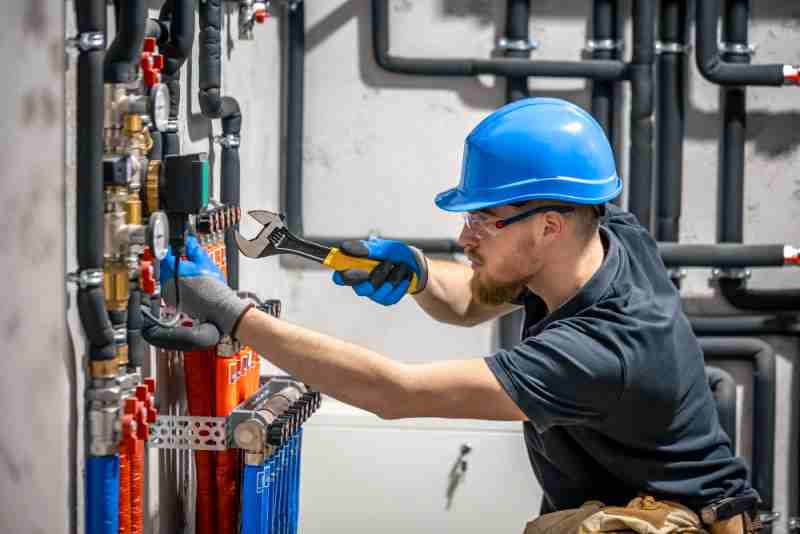Business
How Printed Circuit Board Manufacturers Drive Technological Progress

In the rapidly evolving world of electronics, the importance of precision and innovation cannot be overstated. Every device we use, from household appliances to advanced satellites, depends on one essential element: the printed circuit board (PCB). These intricate platforms enable electrical connections that power the digital age. The expertise of printed circuit board manufacturers plays a central role in ensuring that technology continues to advance seamlessly across industries.
The Backbone of Electronic Design
PCBs are often described as the nervous system of electronic devices. They provide structural support and enable signals to flow between components. From smartphones to industrial robots, the success of these products depends heavily on the quality of the underlying PCB. To meet diverse performance needs, printed circuit board manufacturers apply advanced production methods, ensuring that each board meets the required electrical, mechanical, and thermal specifications. Their commitment to accuracy allows engineers to create smaller, faster, and more efficient products.
Understanding PCB Layers and Complexity
Modern PCBs are available in various configurations, from simple single-layer designs to complex multi-layer structures. Multi-layer boards support high-density circuits, making them ideal for devices requiring compactness and high performance. The complexity of such designs demands extensive technical expertise. Skilled printed circuit board manufacturers use laser drilling, automated plating, and microvia technology to achieve optimal results. The precise arrangement of layers ensures proper signal integrity and reduces electromagnetic interference.
Materials That Define Performance
The choice of materials significantly influences PCB performance. FR-4 remains the industry standard for general applications due to its cost-effectiveness and insulation properties. However, for high-frequency and high-speed circuits, manufacturers use PTFE, ceramic, or metal-core laminates. Collaboration between engineers and printed circuit board manufacturers ensures that the right materials align with the product’s operational requirements. The ability to choose the ideal substrate and copper thickness enhances thermal management and circuit stability.
Key Stages of PCB Production
PCB production is a multi-step process involving design, fabrication, assembly, and testing. During the design phase, computer-aided tools generate precise circuit layouts. These designs are transferred onto copper-clad laminates using photolithography or laser imaging. Subsequent processes include etching, drilling, plating, and solder masking. The boards are then fitted with components and tested for defects. To maintain reliability, printed circuit board manufacturers perform rigorous inspections, such as automated optical inspection (AOI) and functional testing, to detect any inconsistencies before shipment.
Industry Standards and Certifications
Maintaining quality in PCB production requires strict adherence to global standards. Organizations like IPC and ISO define guidelines for manufacturing and inspection. Certified printed circuit board manufacturers ensure compliance with these standards, offering consistency across production batches. Testing for thermal stress, impedance control, and mechanical durability helps prevent failures in final applications. As devices become more compact and powerful, the margin for error becomes smaller, making these standards more crucial than ever.
Automation and Digital Integration
Digitalization has revolutionized PCB manufacturing. The integration of artificial intelligence, robotics, and IoT-based monitoring has enhanced precision and efficiency. Automated assembly lines reduce human error and improve throughput, while AI algorithms optimize routing and layout. Smart factories enable real-time monitoring of every stage, from material input to final inspection. Many printed circuit board manufacturers are embracing these technologies to improve speed and quality while minimizing waste.
Globalization and Industry Collaboration
The global PCB industry thrives on collaboration. Design teams, material suppliers, and manufacturing units often operate across continents. Asia remains a major hub due to its production capacity and cost advantages, while North America and Europe lead in R&D and prototyping. Strategic partnerships among printed circuit board manufacturers help balance innovation and affordability. This interconnected ecosystem ensures that customers receive cutting-edge boards tailored to their requirements.
Sustainability and Environmental Responsibility
As electronics production grows, environmental concerns become increasingly relevant. Modern manufacturers are adopting eco-friendly methods such as lead-free soldering, water recycling, and biodegradable materials. Regulations like RoHS and WEEE promote sustainable production and responsible waste management. Forward-thinking printed circuit board manufacturers invest in green technologies to reduce carbon footprints while maintaining quality. These initiatives reflect the industry’s commitment to both innovation and environmental protection.
Conclusion
The role of PCBs in today’s world cannot be overstated. From consumer electronics to industrial automation, their influence is everywhere. Behind every functional device are experts dedicated to quality, precision, and innovation. As digital transformation accelerates, printed circuit board manufacturers will remain at the forefront of technological progress, ensuring that every circuit, connection, and component performs flawlessly in our connected world.
Source:
Click for the: Full Story
You might like













 Close Menu
Close Menu